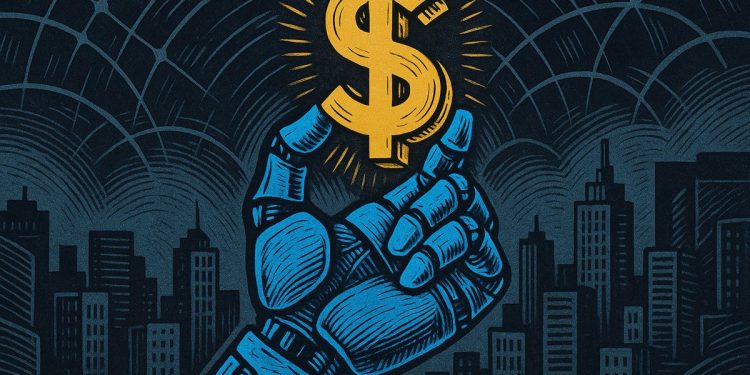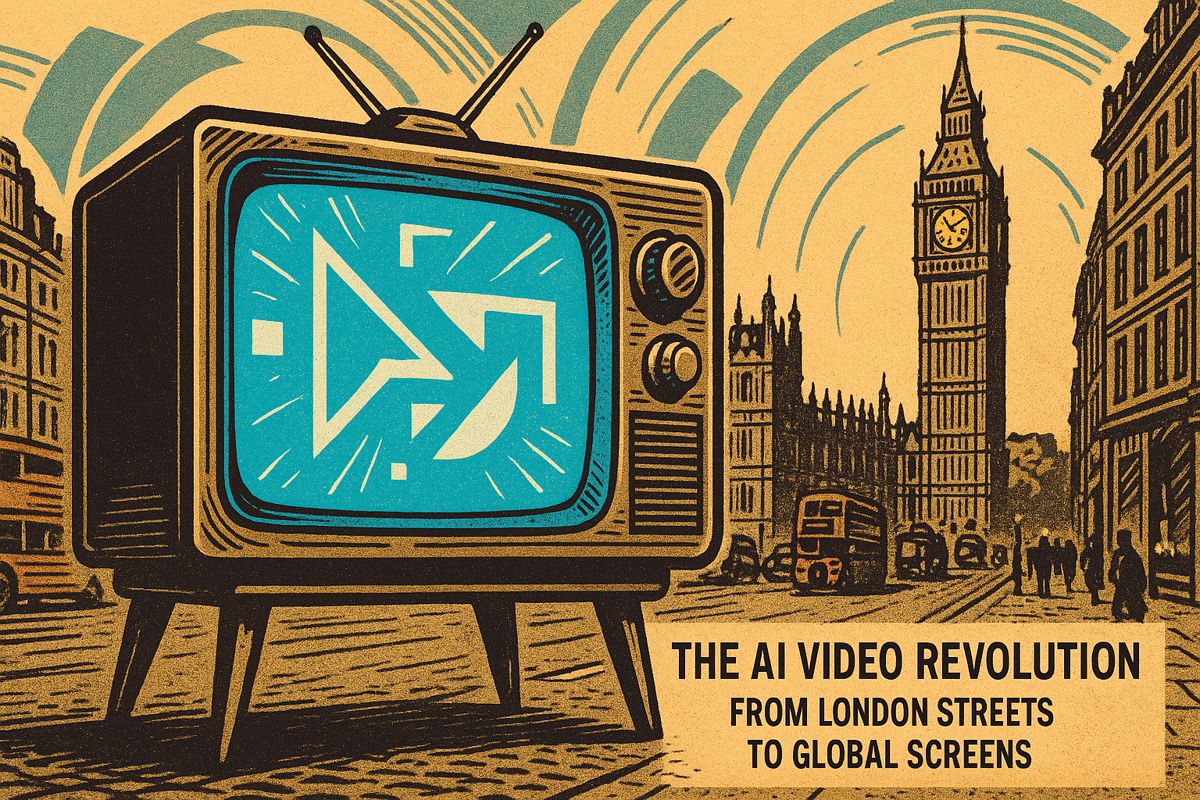Reinforcement learning is exploding in value, set to jump from $52 billion in 2024 to as much as $37 trillion by 2037. It powers big industries like finance, healthcare, logistics, and manufacturing, making things faster and safer. New methods let companies train smart systems without sharing private data, while safety tools make sure these systems avoid costly mistakes. Now, even people without advanced degrees can use easy toolkits to build and run their own smart agents. This technology is quickly moving from research labs to running the daily business of the world.
What is the current and future impact of reinforcement learning on global industries?
Reinforcement learning is rapidly transforming industries, with the global market projected to surge from $52 billion in 2024 to $32–37 trillion by 2037. Major sectors include finance, healthcare, logistics, and manufacturing, aided by advancements in federated learning, safety, and accessible toolkits.
Reinforcement Learning in 2025: from research labs to trillion-dollar reality
-
Market size that eclipses GDPs
Independent reports from Research Nester and DataRoot Labs both place the 2024 global RL market just above $52 billion. By 2037 the same analysts expect it to swell to $32–37 trillion, growing at a 65 %+ CAGR. For context, that projected figure is larger than the current GDP of the United States. Even the most conservative forecast by The Business Research Company still predicts a 28 % CAGR, taking the sector from $10.5 billion (2024) to $36.8 billion (2029)*. -
Where the money is being made*
| Vertical | Share of RL revenue (2025 est.) | Fastest-growing use-case |
|———————–|———————————|———————————————–|
| Finance & trading | 77 % | Fraud detection across federated banking data |
| Healthcare | 9 % | Multi-hospital imaging without data sharing |
| Supply chain & logistics | 6 % | Dynamic pricing and routing |
| Robotics & manufacturing | 5 % | Real-time warehouse manipulation |
| CRM & recommendations | 3 % | Personalized offers in 90 % of advanced CRM platforms |
(Source compilations: StartUs Insights, Q3Tech)
- Federated RL – the privacy shortcut
Traditional RL is data-hungry, but federated reinforcement learning* flips the script by letting hospitals, banks or factories train shared models while keeping raw data on-premise. - PHT framework recently linked 12 hospitals across 8 countries for lung-cancer segmentation without a single patient record leaving local servers (JMIR AI report).
-
Blockchain-backed FL now combines differential privacy with immutable ledgers, reducing both external attacks and insider risk (PMC study).
-
Safety beyond red lines*
High-stakes deployments are no longer “move fast and break things”: - MaxSafe , presented at ICML 2025, adds formal chance-constraints to policy optimization, cutting unsafe actions in autonomous-driving simulations to <0.1 % while retaining near-optimal reward (ICML poster).
-
Maskable PPO is already live in smart-building energy systems, trimming electricity costs by 18 % without violating operational safety envelopes (BS2025 presentation).
-
Hybrid toolkits democratizing access
You no longer need a PhD to spin up an RL agent. Current stacks combine offline RL (learn from historical logs) and model-based RL* (simulate millions of counterfactuals on a laptop). Vendors such as Vertu list plug-and-play kits that reduce setup time from weeks to hours (guide). -
Bottom line*
Between trillion-dollar forecasts, privacy-preserving federated networks, and hardened safety frameworks, reinforcement learning has graduated from beating arcade games to balancing power grids, diagnosing cancers, and approving loans – all in the same fiscal quarter.
What is pushing the RL market from $52 B in 2024 to a projected $37 T by 2037?
Explosive enterprise demand across robotics, finance, healthcare, and logistics is the rocket fuel. Recent independent forecasts by Research Nester and DataRoot Labs both converge on a 65 %+ CAGR, driven by three converging trends:
- Algorithmic efficiency: newer PPO and SAC variants cut training samples needed by up to 70 %, slashing cloud costs
- Privacy tech: federated RL plus edge computing lets hospitals and banks train models without moving sensitive data
- Real-world ROI: early adopters report 20-30 % cost savings in routing, pricing, and inventory within 12 months of deployment
The result: a compound annual growth rate that outpaces the early-cloud era and turns RL from an academic curiosity into a board-level priority.
Which industries are moving fastest from pilot to production RL?
Top three by deployment velocity:
-
Logistics & Supply Chain – dynamic routing, warehouse robotics, container stacking
UPS and JD.com already run RL in live sorting centers, cutting package dwell time by 8 % last quarter -
Algorithmic Finance – portfolio balancing, fraud detection, real-time credit scoring
Quant funds using RL strategies grew AUM by $43 B in 2025 H1 alone -
Manufacturing & Energy – predictive maintenance, smart-building HVAC, V2X energy trading
A European auto OEM shaved $11 M/year off energy costs via Maskable PPO-driven factory controls
Healthcare trails by regulation but is accelerating: federated RL pilots across 12 hospitals in 8 countries delivered lung-cancer segmentation models that never exposed raw patient data.
How are enterprises overcoming RL’s safety and sample-inefficiency pain points?
Two practical fixes dominate 2025 roadmaps:
-
Model-based & Offline RL: agents learn from historical logs or simulated environments, dropping data needs by 50-90 % compared to online trial-and-error.
Example: an Asian e-commerce player trained a pricing bot on 18 months of offline transactions, reaching 97 % of online-policy revenue in simulation before going live. -
Safe-by-design frameworks: MaxSafe (ICML 2025) and SAFE-RL embed chance-constrained safety layers and action masking, guaranteeing near-zero unsafe moves in autonomous driving and smart-grid tests.
These tools move safety from an afterthought to a first-class objective, easing regulatory sign-offs.
What skill sets and toolchains are teams hiring for right now?
Hot job titles (LinkedIn demand up 140 % YoY):
- RL Platform Engineer – builds scalable training services on Ray RLlib, Vertex AI, or Amazon SageMaker
- Simulation & Digital-Twin Designer – crafts high-fidelity environments for offline RL
- Safe-RL Research Scientist – blends control theory with deep learning for provably safe policies
Preferred stacks:
- Ray 2.x + RLlib for distributed training
- PyTorch 2.3 + TorchRL for rapid prototyping
- Isaac Sim / NVIDIA Omniverse for robotics sim
Certifications in differential privacy and federated learning are now listed in 60 % of senior RL postings.
Ready to start? What does a 90-day enterprise RL roadmap look like?
Phase 1 (Days 0-30):
– Pick a narrow, high-value optimization problem with clean historical data (pricing, routing, or energy load).
– Spin up an offline RL prototype using Ray or Vertex; benchmark against existing heuristic or supervised model.
Phase 2 (Days 31-60):
– Add model-based safety checks: action masking + risk-sensitive reward shaping.
– Run parallel shadow tests in staging; measure safety violations and reward lift.
Phase 3 (Days 61-90):
– Graduate to limited live traffic (e.g., 5 % of decisions) with rollback triggers.
– Instrument A/B telemetry; iterate weekly until KPI uplift > 10 % with zero safety incidents.
Average enterprise timeline from first code commit to production toggle: 78 days according to 2025 RL adoption surveys.



















